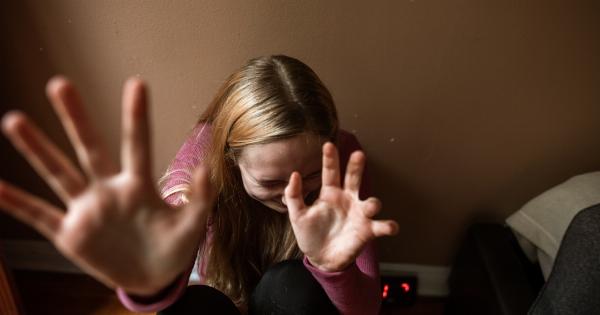Domestic violence is a recurring problem in many societies around the world. The term “domestic violence” refers to any form of violence or abuse that occurs in a domestic setting, as well as violence between intimate partners.
Domestic violence often has a significant impact on the physical, emotional, and psychological well-being of victims, who are typically women. It is also a complex issue that can affect multiple generations of a family.
What is Intergenerational Transmission?
The term “intergenerational transmission” refers to the process by which certain behaviors, beliefs, and values are passed down from one generation to the next.
In the context of domestic violence, it refers to the way in which children who witness or experience abuse or violence in their families are more likely to become perpetrators or victims of violence in adulthood.
The Cycle of Violence
The cycle of violence is a well-known model that describes how domestic violence tends to unfold. It typically involves three stages:.
1. The Tension-Building Phase
During this phase, the perpetrator becomes increasingly irritable, moody, and controlling. The victim may try to placate the perpetrator but eventually, the tension reaches a breaking point and violence occurs.
2. The Acute or Violent Phase
This is the stage in which the physical violence occurs. The perpetrator may use a variety of tactics to assert control over the victim, including hitting, kicking, choking, or using weapons.
3. The Honeymoon Phase
After a violent episode, the perpetrator may show remorse, apologize, and try to make amends with the victim. This phase can create a false sense of hope that the violence will not happen again, but unfortunately, it often does.
The Impact on Children
When domestic violence occurs in a household with children, they are often witness to the abuse and may even experience it themselves.
Children who grow up in violent homes are more likely to develop emotional and behavioral problems, such as anxiety, depression, aggression, and hyperactivity. They may also have difficulty forming healthy relationships in adulthood due to the trauma they experienced in childhood.
The Role of Gender
It is important to note that domestic violence can happen to anyone, regardless of gender. However, women and girls are disproportionately affected by intimate partner violence.
In fact, globally, 1 in 3 women will experience violence from an intimate partner in their lifetime. Gender inequality, cultural norms that support violence against women and girls, and the normalization of violence and aggression in relationships all contribute to the high rates of domestic violence against women.
Breaking the Cycle
Breaking the intergenerational transmission of domestic violence can be a difficult but necessary process.
It involves addressing the trauma experienced by victims and providing them with access to supportive services, such as counseling, legal services, and emergency housing. It also involves addressing the attitudes and beliefs that support violence against women and girls at the societal level, and promoting gender equality.
Conclusion
Domestic violence is a pervasive problem that affects multiple generations of families. The intergenerational transmission of domestic violence can perpetuate a cycle of abuse that is difficult to break.
However, by providing victims with necessary support and addressing the underlying attitudes and beliefs that support violence against women and girls, it is possible to create a safer, healthier future for all.




























